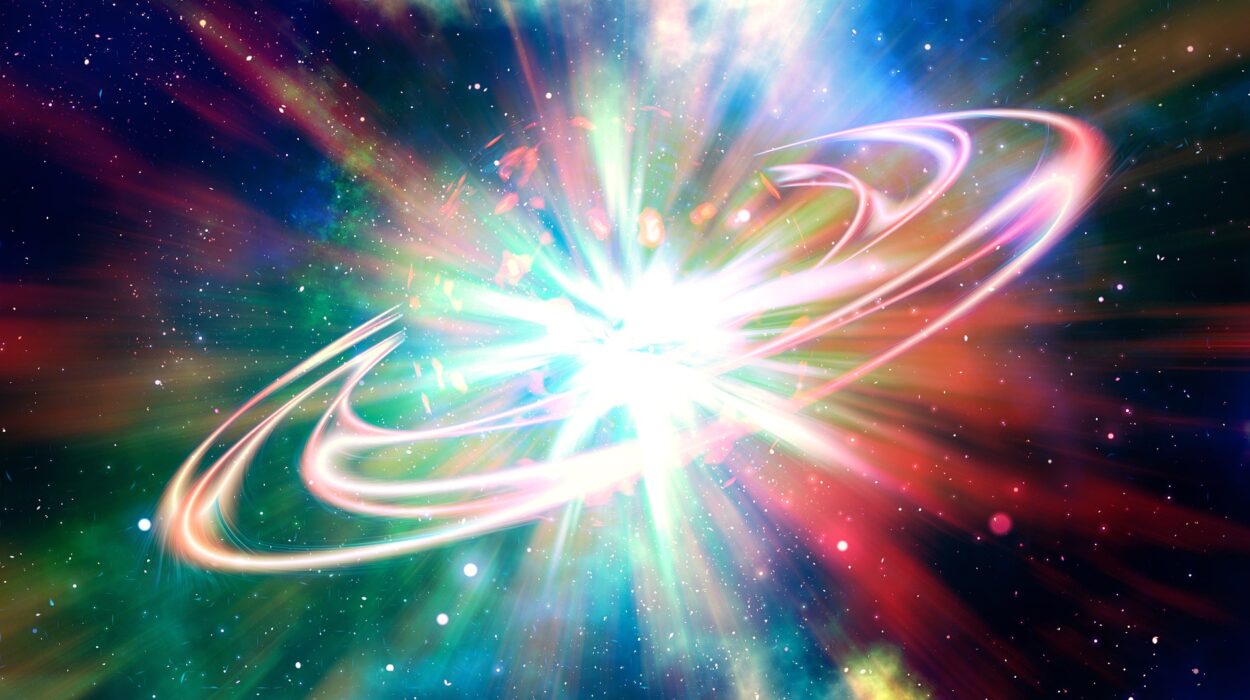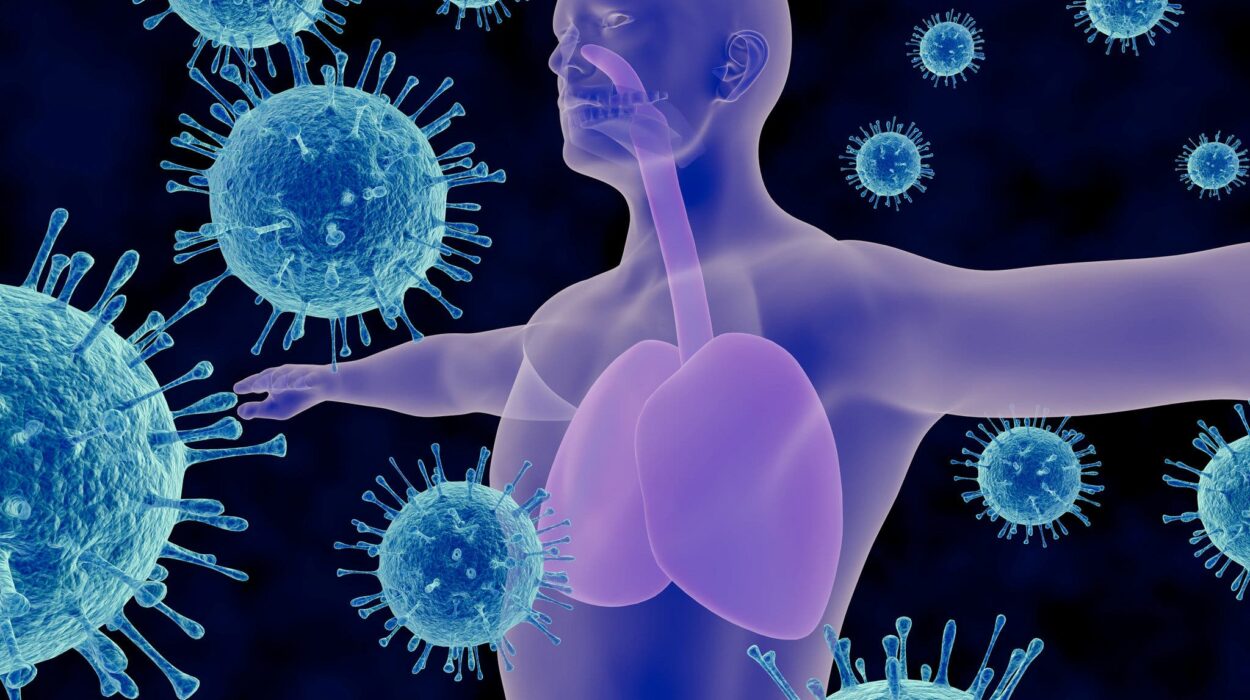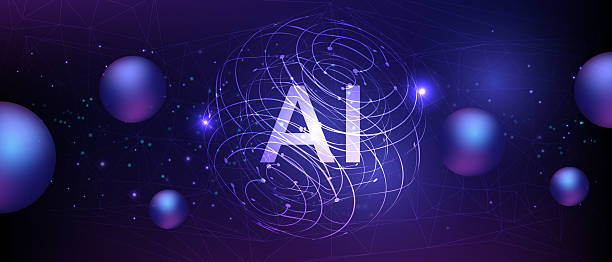Science has always been our greatest tool to understand the universe, ourselves, and everything in between. It has taken us from staring at the stars with naked eyes to landing rovers on Mars. But beyond its practical achievements, science also gives us incredible facts—truths so strange and astonishing that they feel more like science fiction than reality.
In this article, we will journey through twenty of the greatest science facts that will truly blow your mind. Each one reveals just how extraordinary our universe is and how much wonder hides in the everyday fabric of reality.
1. You Are Made of Stardust
Every atom in your body was forged in the heart of a star. Elements like carbon, oxygen, nitrogen, and iron—the very building blocks of life—were created through nuclear fusion inside stars and released when those stars exploded as supernovae. That means when you look at yourself in the mirror, you are literally looking at stardust assembled into life. Carl Sagan’s famous phrase, “We are star stuff,” is not poetry—it’s scientific truth.
2. The Universe Has More Stars Than Grains of Sand on Earth
If you’ve ever stood on a beach and watched the waves crash into the shore, you know how endless sand can feel. Now imagine this: there are more stars in the observable universe than there are grains of sand on every beach and desert on Earth combined. Scientists estimate about 200 billion trillion stars exist. Each of those stars could have planets, meaning worlds beyond counting.
3. Time Moves Differently Depending on Where You Are
Time is not absolute—it bends and stretches with gravity and speed. Thanks to Einstein’s theory of relativity, we know that time moves slower the closer you are to a strong gravitational field. This means your head technically ages faster than your feet because it is farther from Earth’s gravity. Astronauts on the International Space Station also age a tiny bit slower than people on Earth due to time dilation.
4. Bananas Share About 60% of Their DNA with Humans
It sounds absurd, but it’s true: humans share about 60% of their DNA with bananas. DNA is the universal language of life, and all living things share common ancestors if you go back far enough. This doesn’t mean we are half bananas—it means evolution has preserved many genetic instructions across species. The genes that regulate basic cellular functions are the same in plants, animals, and humans.
5. The Speed of Light Is the Universe’s Speed Limit
Light travels at an astonishing 299,792 kilometers per second (about 186,000 miles per second). At this speed, light can circle the Earth seven times in a single second. And according to our best understanding of physics, nothing in the universe can travel faster. If you tried to reach another galaxy even at light speed, it would take millions of years to arrive. The speed of light defines the boundaries of the possible.
6. Black Holes Can Stretch You Like Spaghetti
Fall into a black hole, and you won’t simply vanish—you’ll experience something called spaghettification. Because gravity is much stronger at your feet than at your head, your body would be stretched thin like a noodle as you approach the singularity. It’s a horrifying but fascinating reminder of how extreme the universe can be.
7. Your Body Has More Bacteria Than Human Cells
You are not just human—you’re a walking ecosystem. Scientists estimate that the human body hosts trillions of microbes, outnumbering your human cells. These bacteria aren’t enemies; most are essential to your survival. They help you digest food, regulate your immune system, and even influence your mood. In many ways, you’re less an individual than a symbiotic community of life.
8. The Universe Is Mostly Invisible
Everything we see—stars, planets, galaxies—makes up less than 5% of the universe. The rest is made of dark matter and dark energy, mysterious substances we cannot see, touch, or directly detect. Dark matter holds galaxies together with its gravity, while dark energy pushes the universe to expand faster and faster. That means most of reality is still a mystery waiting to be solved.
9. The Human Brain Is More Complex Than Any Supercomputer
Your brain contains about 86 billion neurons, each connected to thousands of others, forming trillions of synaptic connections. This network allows you to think, feel, remember, and imagine. The human brain processes information faster and more efficiently than the most advanced supercomputers, all while consuming only about 20 watts of energy—the same as a dim light bulb.
10. The Ocean Is Still Largely Unexplored
Earth may be our home, but we still know very little about it. Over 80% of the ocean remains unexplored. Within its depths lie entire ecosystems, strange creatures, and geological wonders that humanity has barely begun to understand. We know more about the surface of Mars than about the deepest trenches of our own oceans.
11. A Day on Venus Is Longer Than a Year
Venus rotates on its axis so slowly that one day on Venus lasts about 243 Earth days. Yet it orbits the Sun faster than Earth, taking just 225 Earth days to complete a year. This means that on Venus, a day is longer than a year—a strange but true twist of celestial mechanics.
12. Sharks Are Older Than Trees
Sharks have been swimming in Earth’s oceans for about 400 million years, while the first trees appeared only about 350 million years ago. That means sharks are older than trees, older than flowers, and older than many of the continents’ current shapes. They are living relics of Earth’s distant past.
13. The Vacuum of Space Isn’t Empty
When we say “outer space,” we often imagine a perfect void. But space is not truly empty. Even in the most desolate regions between galaxies, there are particles, radiation, and quantum fields. In fact, quantum theory suggests that empty space is constantly bubbling with energy, where particles and antiparticles flicker into existence and vanish in the blink of an eye.
14. Honey Never Spoils
Archaeologists have discovered jars of honey in ancient Egyptian tombs that are over 3,000 years old—and still edible. Honey has natural preservatives: it’s low in water content and highly acidic, which prevents bacteria from growing. This makes honey one of the few foods on Earth that can last indefinitely.
15. Your Body Contains Atoms Older Than the Sun
The atoms that make up your body—carbon, hydrogen, oxygen, and nitrogen—are billions of years old. Some of them were formed in stars that lived and died long before the Sun existed. This means the matter inside you predates the solar system itself. You are, quite literally, a piece of cosmic history.
16. There Are More Possible Chess Games Than Atoms in the Universe
The number of possible chess game variations is estimated to be 10^120—a number so huge it dwarfs the estimated number of atoms in the observable universe (around 10^80). This staggering fact shows how simple rules can generate nearly infinite complexity, much like the universe itself.
17. Water Can Boil and Freeze at the Same Time
This strange phenomenon is called the triple point. Under specific pressure and temperature conditions, water can exist in all three states—solid, liquid, and gas—at once. Scientists use this principle to define precise measurements in thermodynamics. It’s a reminder that reality doesn’t always follow our everyday intuition.
18. Octopuses Have Three Hearts and Blue Blood
Octopuses are among the strangest and most intelligent creatures on Earth. They have three hearts: two pump blood through the gills, while the third pumps it through the rest of the body. Their blood is blue because it contains copper-based hemocyanin instead of iron-based hemoglobin, which is better for surviving in cold, low-oxygen environments.
19. Neutron Stars Are Incredibly Dense
When massive stars collapse, they can form neutron stars—objects so dense that a teaspoon of their material would weigh about a billion tons on Earth. Neutron stars are only about 20 kilometers across, yet they contain more mass than the Sun. They are cosmic reminders of how extreme the laws of physics can become.
20. The Universe Might Be Infinite
The observable universe has a radius of about 46.5 billion light-years, but what lies beyond is unknown. Many cosmologists believe the universe could be infinite, stretching on forever without end. If true, this means there could be infinite galaxies, infinite stars, and even infinite versions of you somewhere out there in the cosmic expanse.
Conclusion
Science is not just about numbers and equations—it’s about wonder. These twenty facts show us that reality is far stranger and more beautiful than we often realize. From the stardust in our bodies to the unfathomable mysteries of black holes and infinity, the universe never ceases to astonish.
To learn science is to embrace awe. Each fact is not just information but an invitation to curiosity, a reminder that the universe is vast, mysterious, and endlessly fascinating. The more we discover, the more we realize how much more there is to learn.






